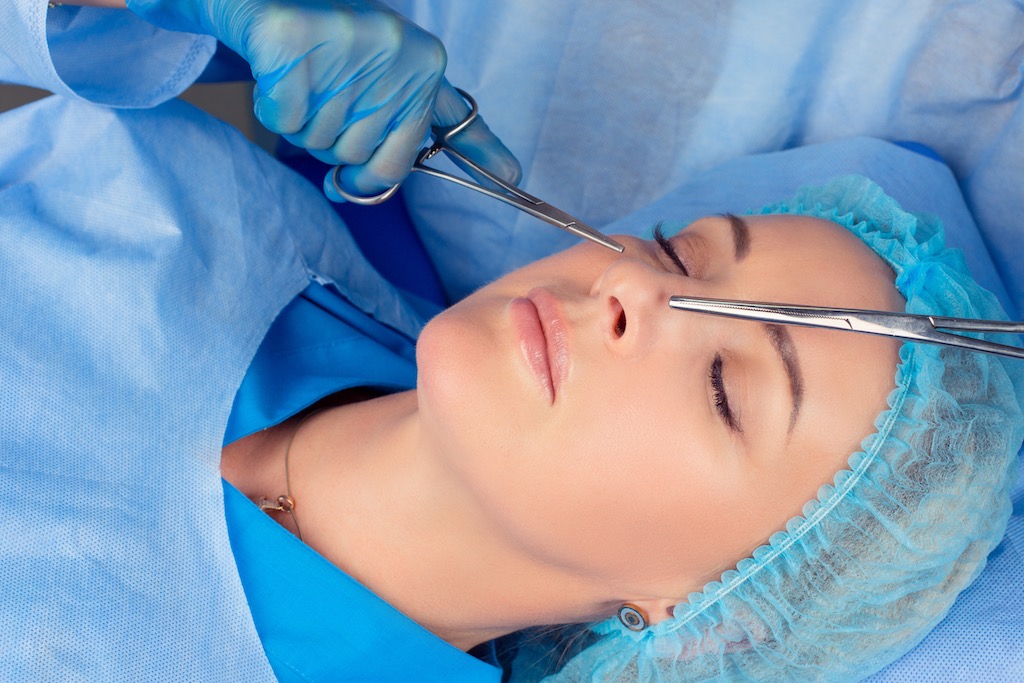Dr. Michael Omidi, M.D., F.A.C.S. is a double-board certified plastic surgeon practicing in Beverly Hills and the Greater Los Angeles area. During his 15-year career, Dr. Omidi has performed thousands of faces, nose, breast and, body procedures, enabling his patients to live happier, more fulfilled lives. Always at the cutting edge of new developments in the field of cosmetic surgery, Dr. Omidi is known for fine-tuning his procedures and techniques to achieve exceptional results while maintaining his focus on optimal patient safety. Haute Beauty chats with Dr. Omidi to learn more about his Rhinoplasty procedure.
 Photo Credit: ShutterstockHB: What is a Rhinoplasty?
Photo Credit: ShutterstockHB: What is a Rhinoplasty?
I would like to describe a patient undergoing a Rhinoplasty or nose job procedure. The procedure that I perform is a procedure that makes the nose more beautiful but also makes it functional by adding support and maintaining its shape throughout the years.
HB: How does a Rhinoplasty work?
The procedure consists of reshaping the nasal cartilages and borrowing cartilage from inside the nose to add to areas where there is little support. This will keep the tip from descending and turning into a hook while smiling. It will also resist the forces of the tissue from scarring and changing the shape. Patients will also have better breathing since adding structural support will prevent the nose from collapsing while breathing.
 Photo Credit: ShutterstockHB: Who is the best candidate for this procedure?
Photo Credit: ShutterstockHB: Who is the best candidate for this procedure?
Any patient undergoing a Rhinoplasty will benefit from this procedure. Patients that have poor tip support or an amorphous nose with little contour will most benefit.
HB: What is the cost of this procedure?
The procedure depends on the work that needs to be done. However, it ranges from 15-18k per case.
HB: How do you work as a team with the patient to achieve the desired results?
We begin with a consultation to determine the goals. We review before and after pictures and types of noses so the patient can visualize different noses and desires. We follow through with a 3-dimensional rendering of the patient and morphing of the nose so we can identify the commonality of our goals.
For more information, visit Dr. Michael Omidi's social media:





















